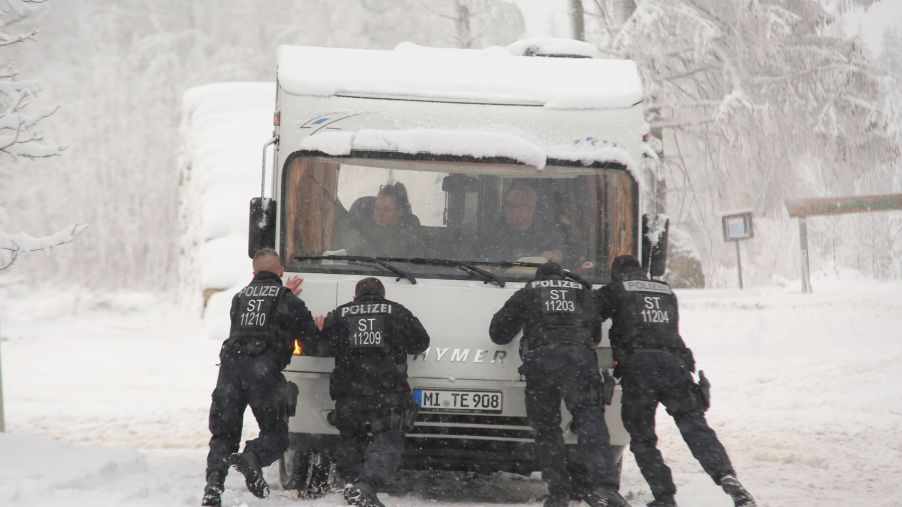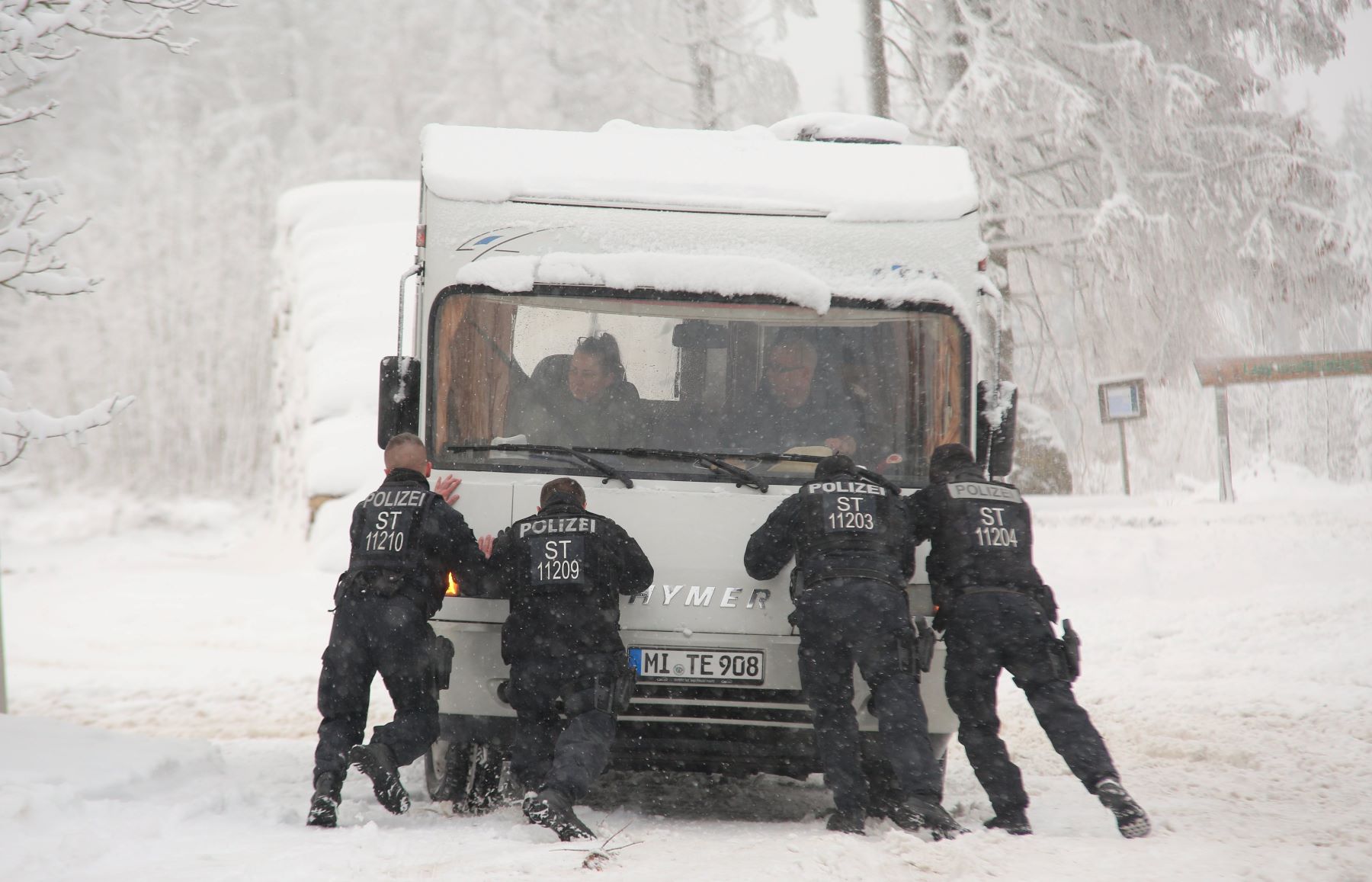
Is It Cheaper to Buy an RV in the Winter?
The peak season for RV buying is spring going into summer. Few customers will brave wind, cold, snow, or rain to look at RVs. However, strong evidence suggests buying RVs in the off-season (such as winter) could be much cheaper. In this case, cheaper could mean thousands of dollars.
Industry insiders know that the sales of RVs trail off between October and January, which makes dealerships more motivated to make deals in the winter. Last year’s models are taking away space from next season’s new motor homes, teardrop trailers, and 5th wheels. So, if you are thinking of getting into a used RV, the deals could be even better.
RV buying is least expensive during late fall and all through winter

In-the-know buyers are not looking for a vehicle to take to the campground the following weekend. Instead, the off-season RV buyer wants to make a deal, and dealerships know it. The insiders at Camping World acknowledge that the weather, which keeps others from visiting dealerships, works to your advantage. It is not unusual for RV dealers to begin advertising holiday sales in November.
If you enjoy haggling over a purchase, this is the time when sales professionals have the most leeway. Never consider the list price to be the final word. Even if the dealership hesitates to lower the cost, the sales manager may be more than willing to throw in some extras. It is a good idea to check prices online and compare before you go into a dealership.
You do not have to settle for the first good deal you see
Some first-time off-season RV buyers may be surprised by the low prices and deep discounts. However, do not settle on the first RV you run across that is well-suited to your budget. Instead, focus on doing due diligence.
For example, Car And Driver warns that winter is tough on a car. Therefore, if you are shopping for a motor home, take it for a test drive. If you do not feel comfortable driving the rig yourself, have the salesperson drive while you observe for problems. Does it feel like the RV is slipping? If so, the dealership might throw in some new tires to close a sale.
Is the brake distance too great? The dealership’s service department could offer brake refurbishing. Next, turn on the heat, and check how long it takes for the inside to warm up. If it is difficult to get to a comfortable temperature, consider that the rig might not have the right RV insulation. Unless the dealership is willing to handle an insulation redo, consider this a dealbreaker.
Potential RV buying dealbreakers
So, you’ve done your homework. You checked prices online, compared dealerships, and narrowed down the RV types you want. Now, you are looking at the actual rigs. Be aware that there could be potential dealbreakers.
A good example is a smelly gray or black water tank. A dealership that sells a used RV without emptying and cleaning these tanks may be compromising on other issues, too. Next, turn on the light and sniff for burning plastic. If it is in the air, you know that the wiring is on its last legs.
Additionally, even if you buy new, be on the lookout for smells. All it takes was for a salesperson to leave a window open during the last rainstorm, and mold might have begun growing. Musty smells are a tip-off, as are the strong scents of air fresheners. Lastly, when you turn on the heater, it may bring back other smells such as cigarette smoke from the salesperson who used the trailer as a break room.
In the end, when you do find that perfect rig, make the deal, cautiously drive it to its destination, and make sure to winterize the RV.


